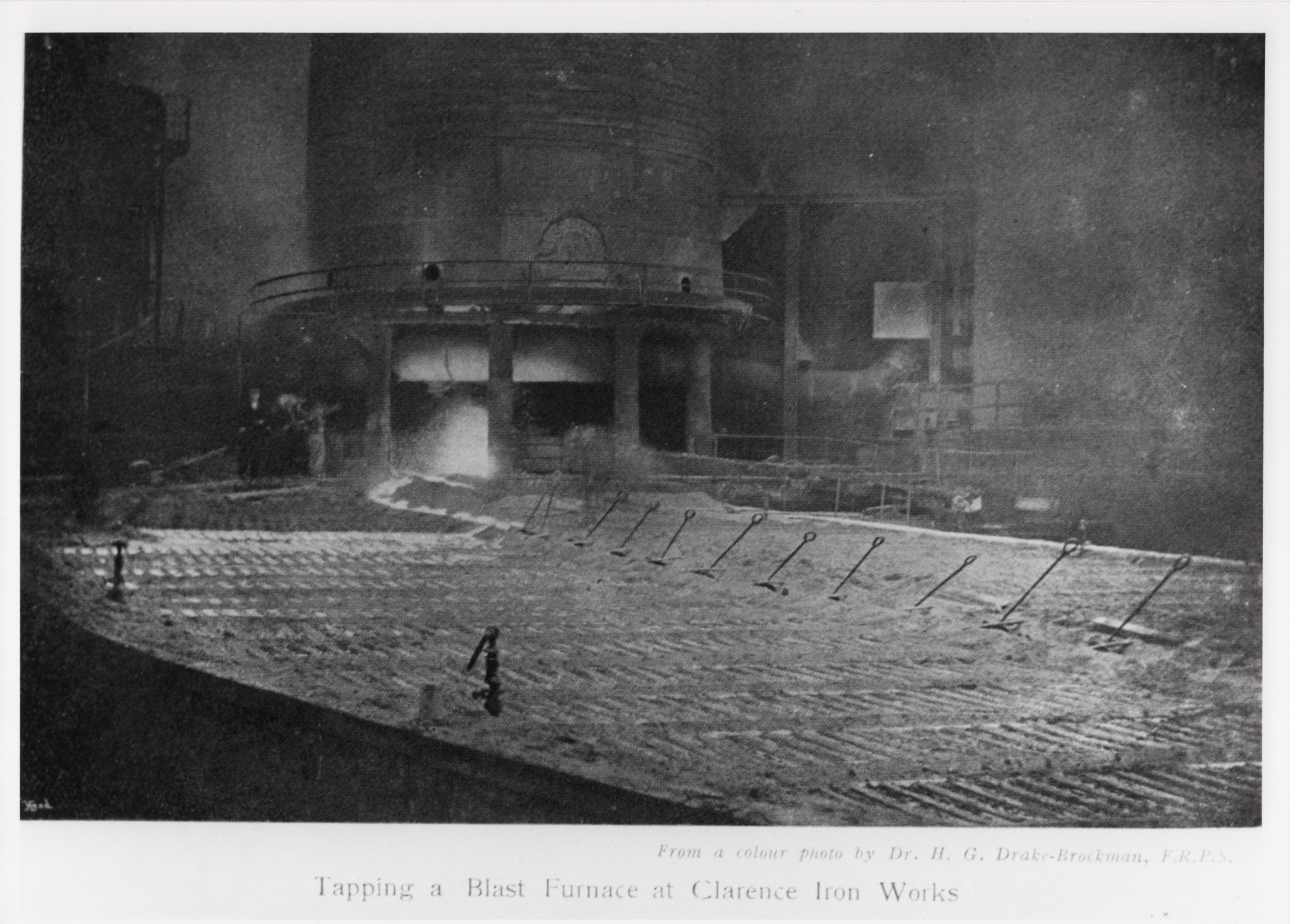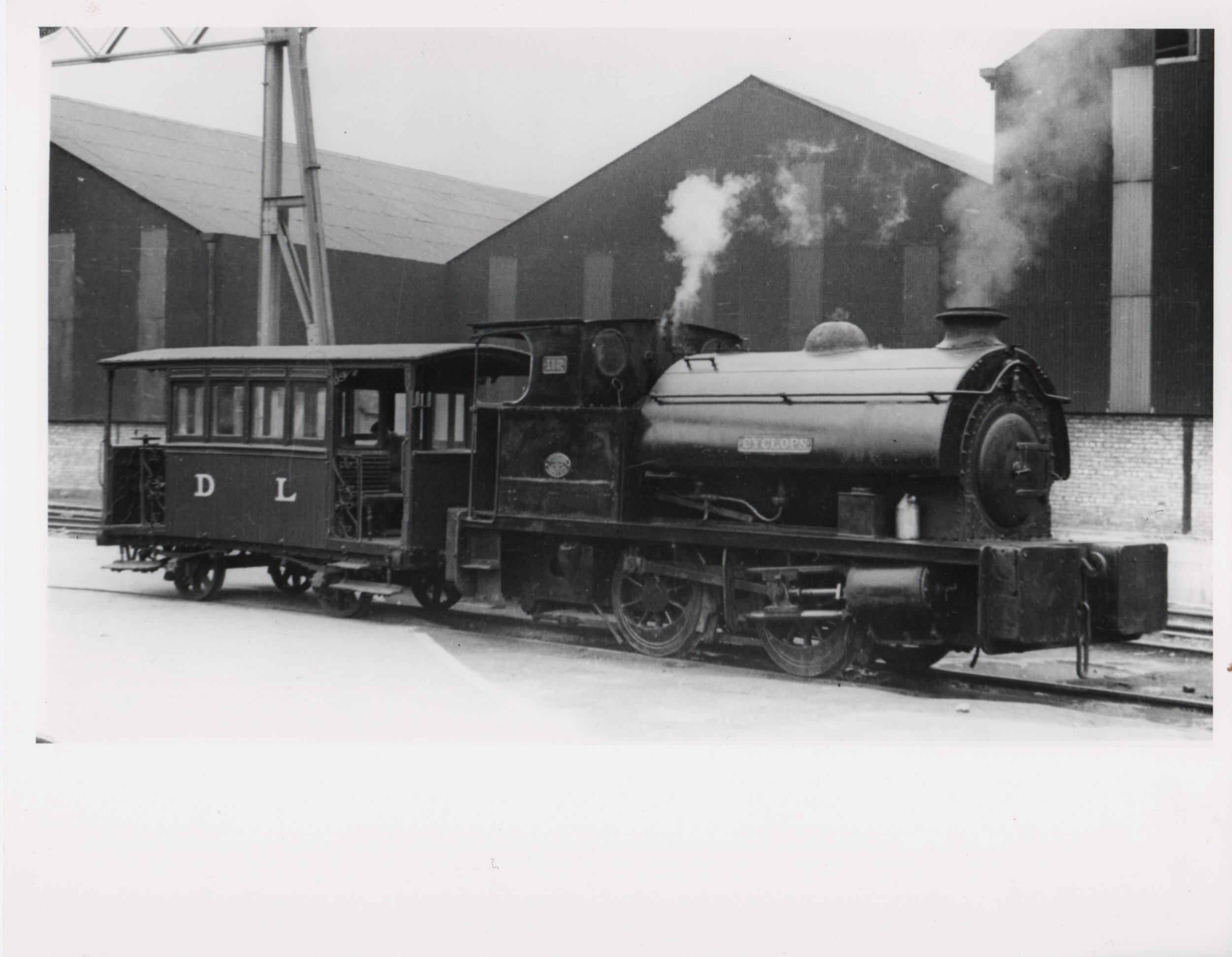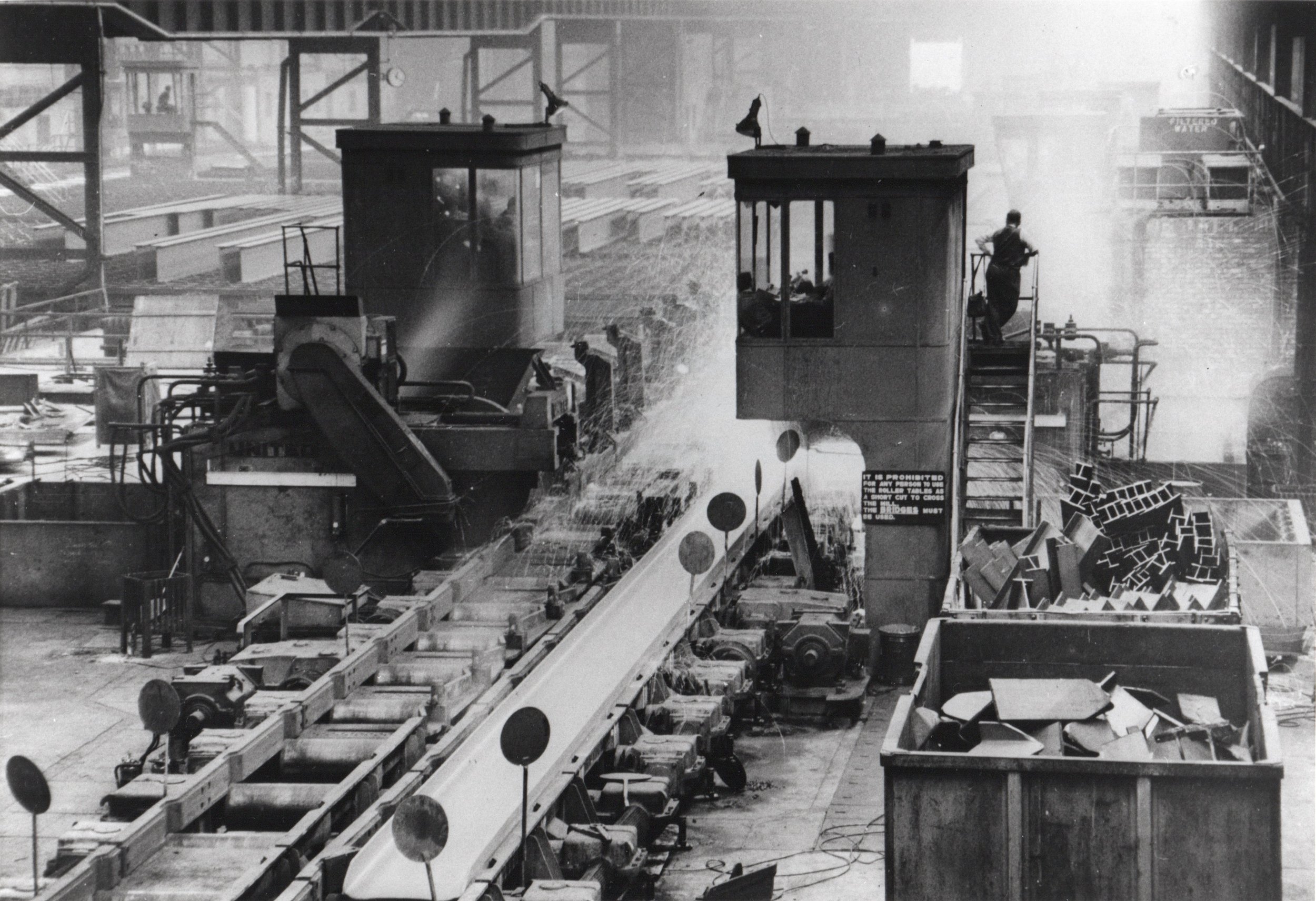The Bells of the North
In 1866 Lowthian Bell purchased an estate at Rounton, 12 miles south of Middlesbrough. He had already employed Philip Webb to design alterations to Washington New Hall in County Durham, for the design of Red Barns at Redcar for his son Hugh Bell, for works offices at Port Clarence, and for the principal offices of Bell Brothers in Middlesbrough. On Philip Webb’s return to London following his first site visit to Rounton he sketched an entirely new house to replace the existing Rounton Grange, a design to which Lowthian Bell agreed. Philip Webb’s Rounton Grange began construction in 1872 and was completed in 1876.
Rounton Grange was latterly the home of Hugh and Florence Bell and also of Gertrude Bell, traveller, archaeologist, and founder of the Iraq Museum in Baghdad. On her death in 1926 the family moved from Rounton Grange to the nearby former Carthusian monastery Mount Grace Priory, which had been acquired on the advice of William Morris and Philip Webb, and formed part of the estate. During the war Rounton Grange was used as a military hospital and in the early 1950s the house was demolished. On the 15th of February 1877, whilst visiting the newly completed house, Philip Webb wrote in his diary, “I longed to be a stonebreaker rather than a setter-up of stones.” Notwithstanding this, Lowthian Bell and Philip Webb remained lifelong friends.
Rounton in the present day retains some of the finest examples of Arts & Crafts architecture in the country, with many of the original Philip Webb and George Jack buildings, including the extensive walled gardens, now home to thriving new ventures.














